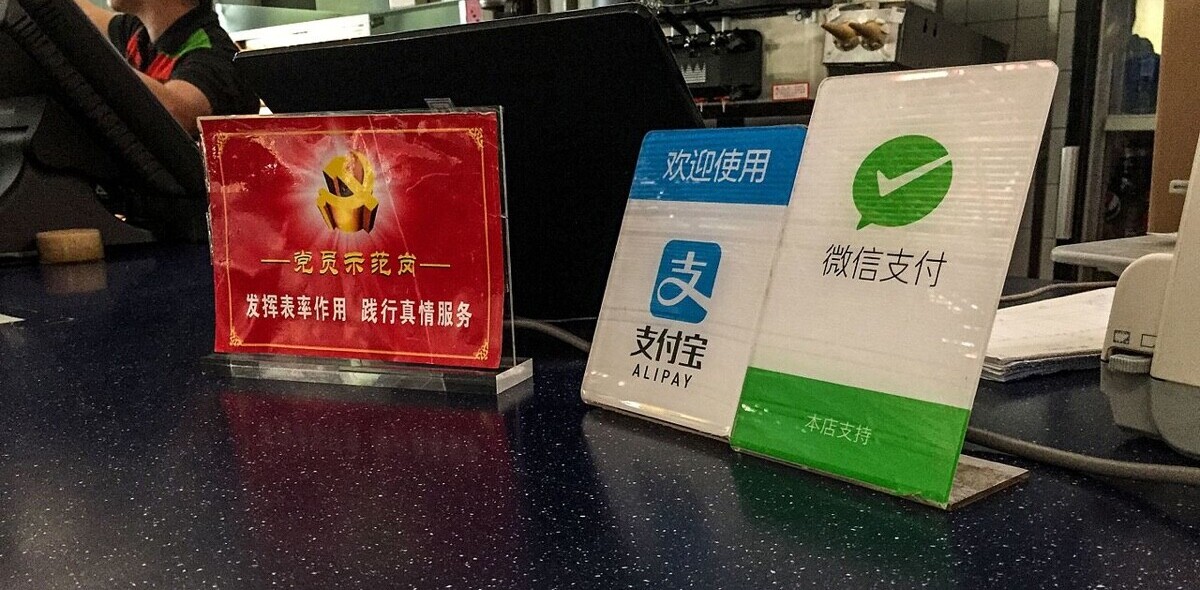
Alibaba’s sales from Saturday’s Singles Day event exceeded 25 billion dollars, more than quadruple what Americans spent last year during Black Friday. While the majority of those sales undoubtedly came via online purchases, the company also quietly experimented with an AI-powered project designed to woo offline shoppers.
FashionAI was developed by Alibaba researchers in order to provide a recognizable interface for customers to use while trying on clothes. It’s a basic screen interface that uses machine-learning to make clothing and accessory suggestions to customers based on the items they are trying on. There’s no camera; it uses information embedded in the item’s tag to make the recommendations.
Using the system, customers can try clothes on, receive fashion tips and suggestions from the AI, then make choices on-screen. If a user wants to try something different, or add other items, a store attendant can be summoned with the press of a button.
Deep learning allows the AI to make connections in real-time by accessing massive quantities of data and making ‘smart’ decisions.
When you’re on Amazon, for example, looking at a pair of cowboy boots might prompt the algorithm to recommend hiking or biker boots. But, search for a cowboy hat too, and you’re likely to be recommended other cowboy themed items, like belts, as opposed to just more hats and boots.
The idea is that eventually the AI will get better at determining what you’re going to look at, what you’re going to compare it with, what you’ll want to purchase with it, and which items you’ll actually end up buying.
Where no staff of humans could possibly be expected to remember the personal shopping preferences of every single customer, AI can.
Alibaba’s FashionAI may have been nothing more than an experiment at this point, but it’s an exciting one. It’s taken the weirdness out of ideas like Amazon’s AI-powered shops and turned it into something more palatable.
Most attempts at changing the way brick-and-mortar stores operate have revolved around trying to cram the online experience into kiosks, lobbies, and the checkout area. The trade-off is typically one where customers invest their own time and effort into a system that doesn’t quite work as well as logging on to Amazon or Alibaba with a smartphone does.
By placing a screen against a wall in a changing booth, Alibaba integrated its already successful shopping system into the real-world seamlessly. If brick-and-mortar stores are to remain viable, they’ll have to leverage consumer attention by giving us all a reason to leave our phones in our pockets when we shop.
People are probably getting sick of being told that Amazon and Alibaba can afford to sell items cheaper because they don’t have overhead. That doesn’t make most of us feel better about being overcharged.
It feels like we’re being charged for the ‘privilege’ of standing in line and carrying our own bags through stores and parking lots, at most brick-and-mortar stores. If AI can be harnessed to bring the brick-and-mortar experience more closely in line with shopping on Alibaba.com, we all stand to benefit.
Putting up AI-powered screens in dressing rooms is an important first step, and one that may ultimately save a lot of human jobs.
Instead of replacing people with robots, Alibaba’s FashionAI integrates humans and machines in a way that provides the customer with everything they need. And the customer is always right.
Get the TNW newsletter
Get the most important tech news in your inbox each week.





